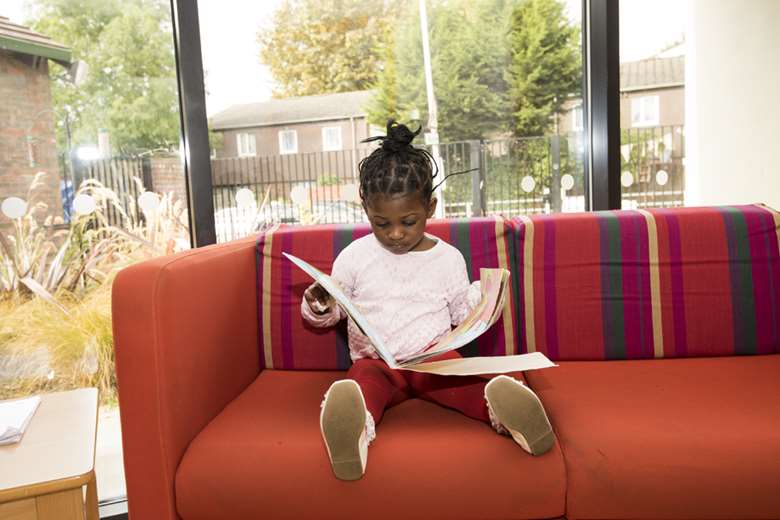A hammer and anvil analogy for early help
Florence Knoll
Friday, April 29, 2022
As director of children’s services (DCS) for one of the 75 areas eligible for the Family Hubs and Start for Life programme, I am pleased that the importance of the first 1001 days is being supported in a whole family systems approach.

However, at the same time I am disappointed that this package is not for all areas, nor does it reach the aspiration of Family Hubs across the 0 – 19 age range. This raises the perennial question of whether early help, preventative services, family support, early intervention, however we describe them, are valued and sufficiently resourced, particularly with our challenges of addressing adolescent risk and safeguarding.
Many years ago, a very wise and inspirational DCS, at the time my line manager, gave me a powerful analogy for early help services when in our 1:1 as we sat grappling with the purpose, benefits and status of our early help services.
In his sage-like style, he stated “the thing is that early help will always be between the Hammer and Anvil of Social Care and Education”. This hit me hard. Was I, at that time the assistant director for our early help and youth offending services, always going to be bashed and compressed by these power houses? The analogy often weighed heavy on me, and I think many practitioners and leaders of non-statutory services often feel they are the poor relative of the regulated statutory services. However, that analogy over the years has actually helped me recognise and describe the value of early help services.
The very title “early help” is something of an obstacle and misnomer and limits its value. Many of us now describe our non-statutory services differently to reflect the fluidity of early help and prevention services which can be provided in a myriad of ways; as early support before any other intervention, as a step down from, a rereferral or alongside and to complement social care. Here in Greenwich, we have rebranded our services to family and adolescent support services.
Notwithstanding this nuance in language, the name is less important than what we actually do. And herein may lie some of the problem. Due to the short-term nature of funding, constant uncertainty about the policy direction for non-statutory practice, no one responsible government department, we navigate with a lack of clarity.
Over the years we have designed services, redesigned services, made up elements, and borrowed from others as we go along. Indeed, we have some good, shared principles that have developed practice over the years but this is not sufficiently located as part of our established system complementing both our education and social care systems.
London has a strong “Early Help” (sic) offer. As chair of the London Adolescent Safeguarding Overview Board, I am proud of the work we are beginning to undertake and the partnership buy in across London. One of the work strands we are implementing is a pan London joint venture between local authorities and the Violence Reduction Unit. We have called it “Your Choice”. It is a non-statutory programme delivered by adolescent workers across the configuration of arrangements that make up London and you can read more about it here.
And here we can come back to the hammer and anvil. Over the years the analogy kept presenting me with a missing component, that which is between the hammer and anvil is the magic. The hammer and anvil have a function to bring out the best of the metal they are forging to develop tools for the future, Not understanding or respecting the metal will result in poor quality tools or flat metal. Paying attention, working together as hammer and anvil and metal creates the magic of change. Good family and adolescent support can be and should be valued as an important component in the alchemy of change. But we all have to work together as a respected system with equality and not hierarchies of statutory status.
Let’s hope that the forthcoming Independent Review of Children’s Social Care recognises the alchemical beauty of that which is between the hammer and anvil and the usefulness of non-statutory family and adolescent support and that we all work together as part of a cohesive system of change makers.
Florence Kroll is director of children’s services for Greenwich Council and chair of the Association of Directors of Children’s Services (ADCS) Greater London Region. This blog was first published on the ADCS website.




